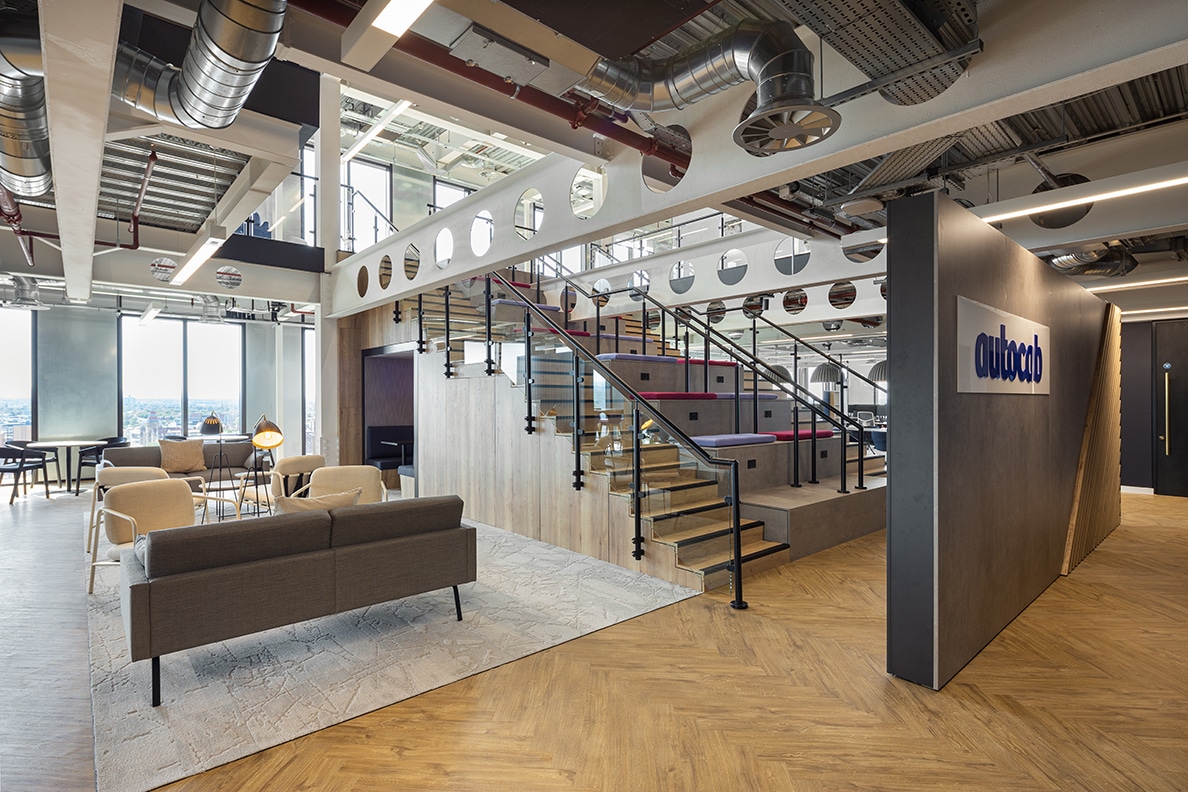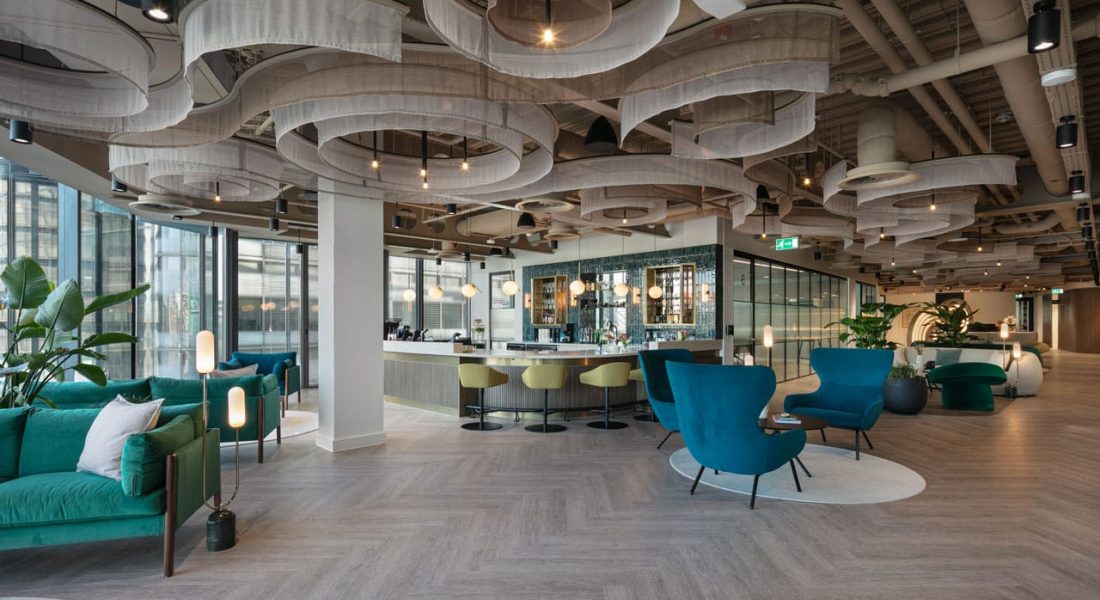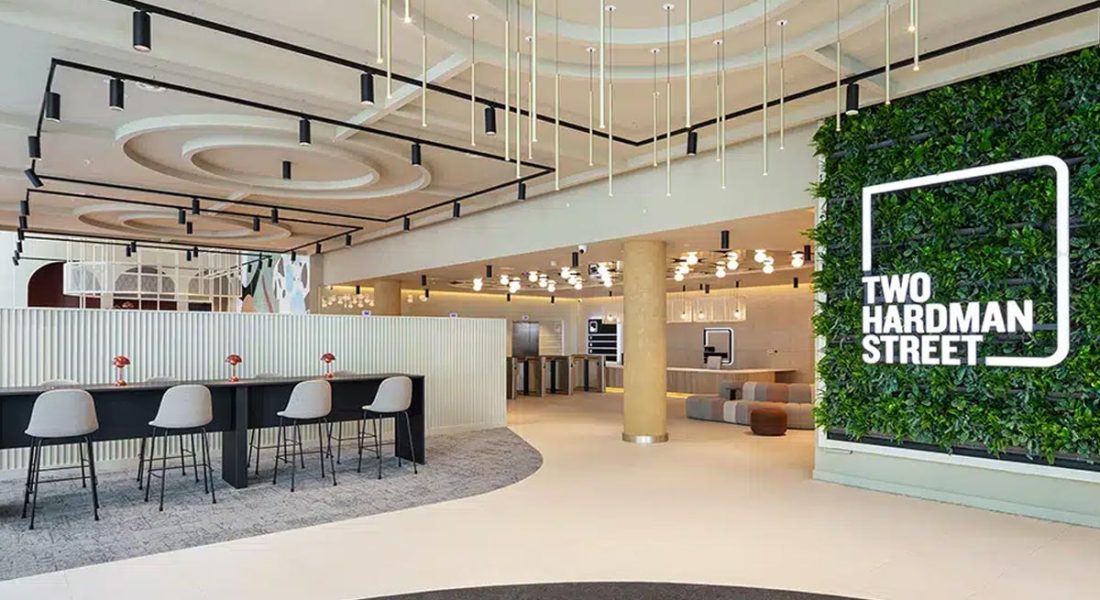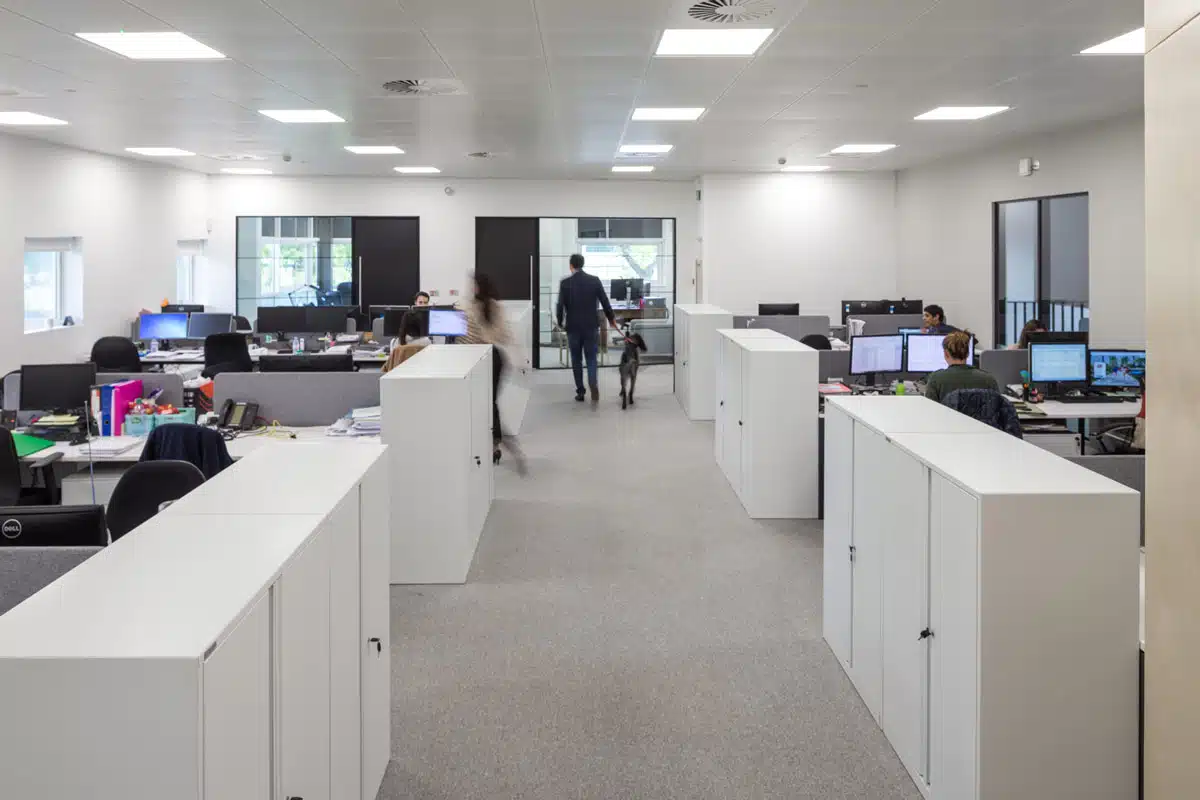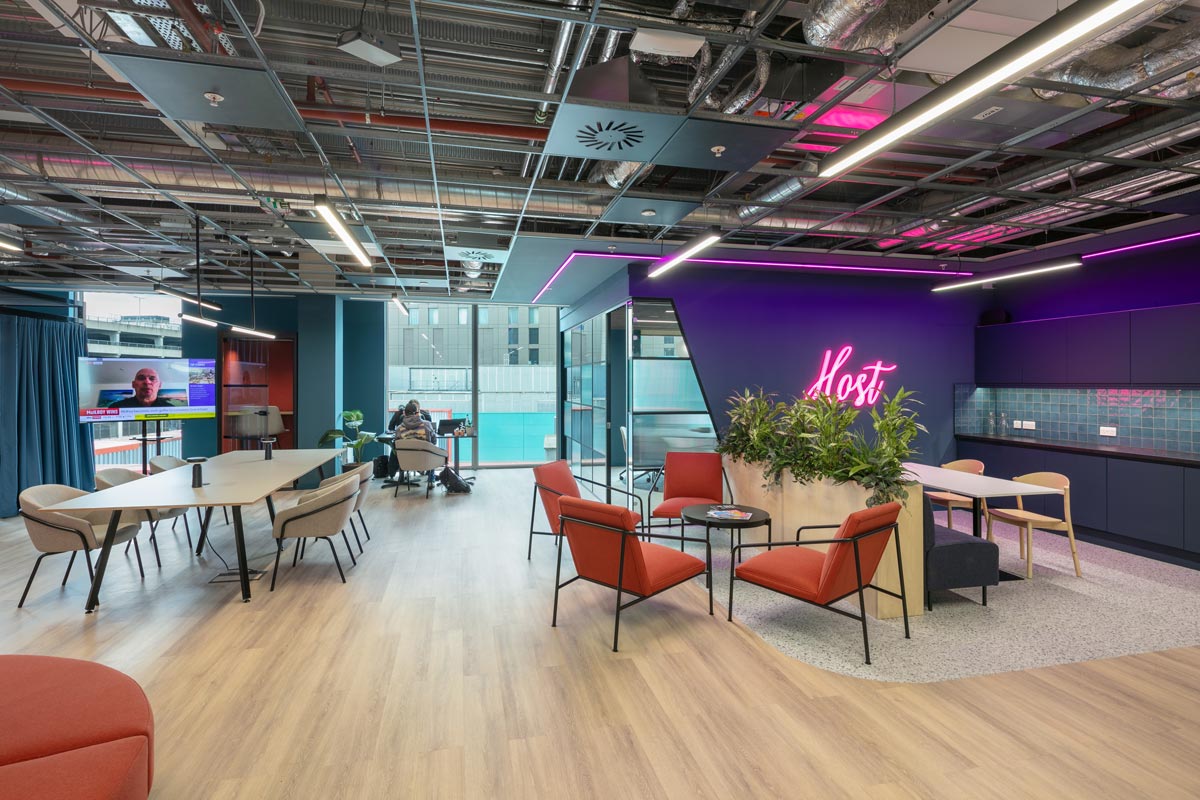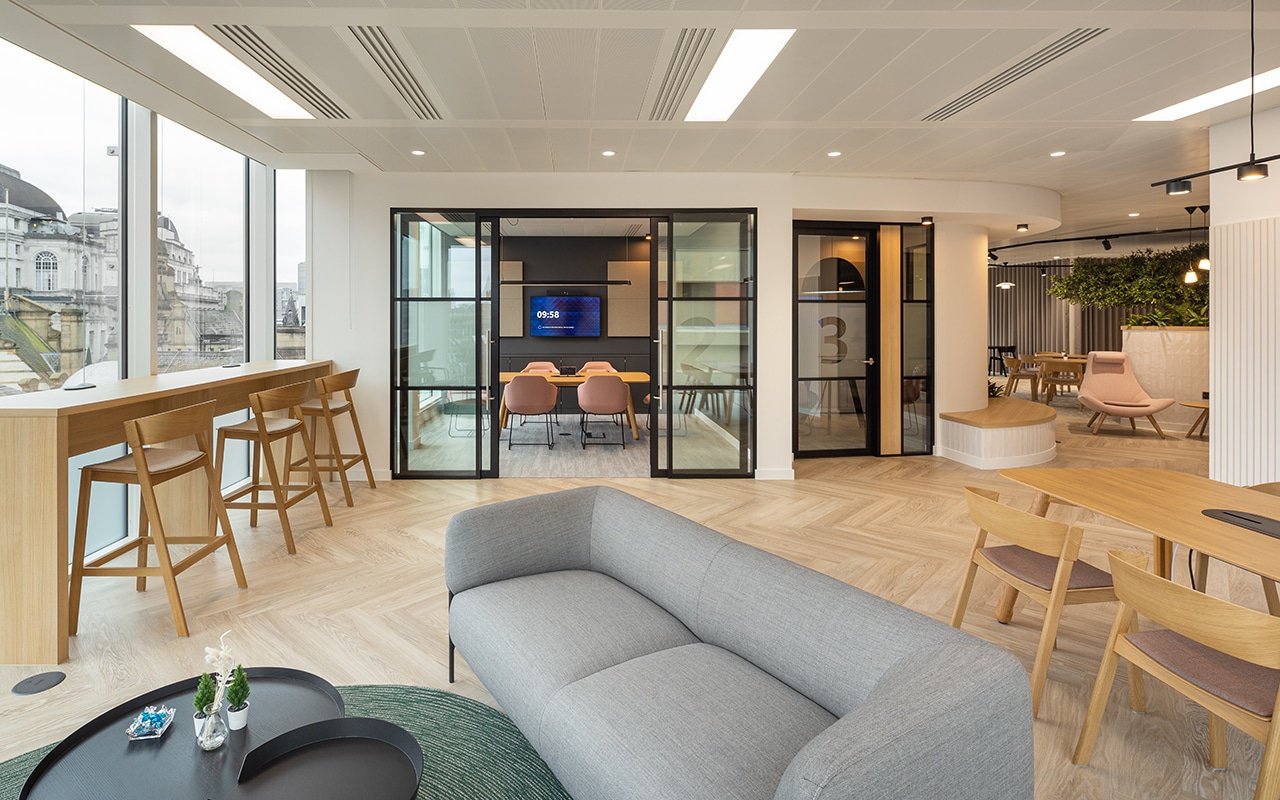What Is a Low Carbon Fit-Out?
A low carbon fit out aims to minimise the carbon footprint of refurbishing or setting up a new workspace. This includes both embodied carbon — the emissions from materials and construction — and operational carbon, which relates to energy use during day-to-day business.
These projects involve more than just sustainable materials. They require a holistic view of carbon at every stage, from design and procurement through to delivery and maintenance.
Why It Matters
The built environment accounts for nearly 40% of global carbon emissions. Office fit-outs — especially when done frequently or inefficiently — can contribute significantly. A single 10,000 sq ft fit-out can produce hundreds of tonnes of CO₂ if not carefully managed.
With growing pressure from stakeholders, investors, and regulatory bodies, reducing carbon is no longer optional — it’s essential.
Key Principles of a Low Carbon Fit-Out
1. Reuse and Refurbish First
2. Choose Low-Impact Materials
Where new materials are required, opt for low-carbon alternatives. Prioritise:
- FSC-certified timber
- Recycled metal or glass
- Cradle-to-cradle certified products
- Low-VOC paints and adhesives
Material transparency is key. Ask suppliers for Environmental Product Declarations (EPDs) and carbon data to make informed decisions.
3. Efficient MEP Systems
4. Plan for Adaptability
5. Engage Early with Sustainability Experts
Measuring and Benchmarking
It’s important to quantify the carbon savings achieved. Tools such as the RICS Whole Life Carbon Assessment or LETI benchmarks can help track progress and demonstrate accountability.
Achieving BREEAM or SKA certification is another way to validate your project’s environmental performance and give clients or employees confidence in your values.

